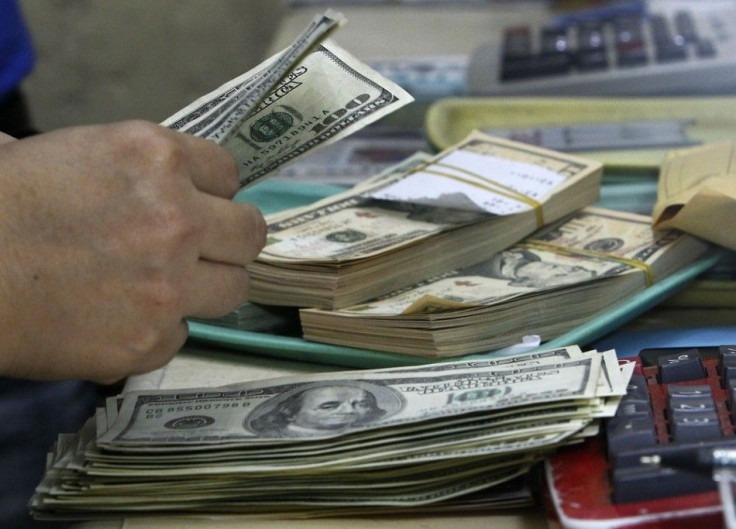Studies Say Health Savings Accounts Can Reduce Health Expense Costs And Boost Retirement Funds

The health savings accounts of Americans are finally growing as more people prepare for health expenses. Statistical data show that the amount of money invested by people into their health savings account doubled in six years. A study says that people who invest in these accounts won’t have to dip into accumulated large balances in the future, and thus may project an easier way to reduce health costs.
According to statistical data from the Employee Benefit Research Institute and a Greenwald & Associates health care survey, the amount of money invested by Americans into their health savings account and health reimbursement accounts have massively increased from $5.7 million in 2008 to $22.1 million in 2014. This data shows almost a quadruple increase in the trend. The number of people opening accounts also doubled as the pre-tax dollar funded accounts shoot up from 4.2 million in 2008 to 10.6 million in 2014.
Employers also play their part, as most of them upgrade their employees’ plans into high-deductible rates so that people will be required to invest higher amounts of money for their health. These accounts may be used for health care expenses such as co-payments, prescription drugs, and deductibles, free of taxes. On the other hand, people who use this money for non-health related purposes are required to pay due taxes, and even a penalty. But for people over 65 who opt to use their health savings account for non-medical purposes, only withdrawal taxes are required, hence may also serve as an added retirement fund.
These accounts can be carried over to the next year if unused. This is opposite of other flexible spending accounts, wherein people are required to “use” them within the year, for them not to “lose” it. For health savings accounts, they can even use up the money until their retirement. The Employee Benefit Research Institute also released a report in 2014 that predicted people who have these health savings accounts can save as much as $360,000 after 40 years. Because people can use this account for retirement expenses, those who practice balance over their money and time can also consider this account to double their retirement funds.
Health reimbursement accounts are funded by employers only, while health savings accounts can be paid by both employers and employees. Employers play a significant role in increasing the amount of money saved into these accounts. According to studies, the accounts funded by employees alone are much less at $2,056, compared to those that require employer contribution, which is $2,403. Further into the study, the researchers found that people who are diligent in investing into their health savings accounts are more eager to save money in general. However, not all people can have health savings accounts. Workers need to be enrolled in a high-deductible plan that requires them to pay a specific amount of money before the full benefits can be enjoyed. Furthermore, people aged 65 years and above cannot contribute to these accounts anymore.
Fidelity Investments found in one of their studies that employees who have health savings accounts are able to add about 9.6 percent of their money to their retirement funds. People who do not have health account are able to contribute only 8 percent of their money to their retirement accounts. These findings are applicable to all ages and income levels.
To contact the writer, email rinadoctor00@gmail.com





















